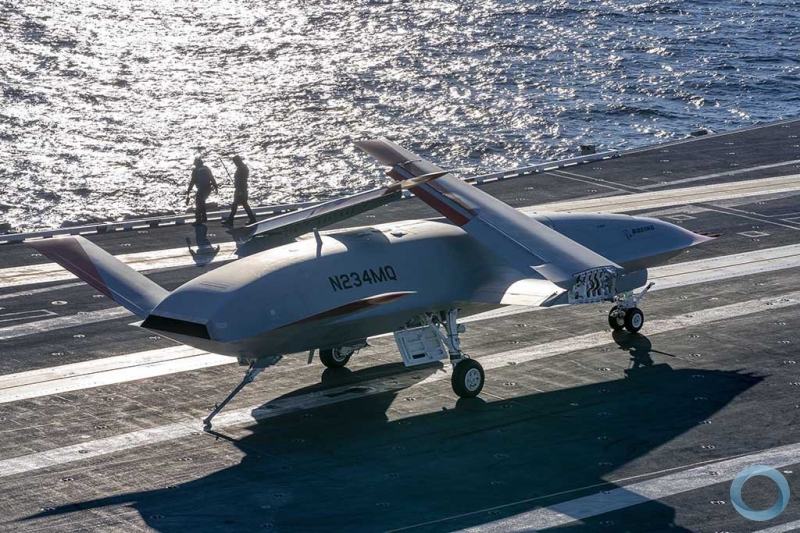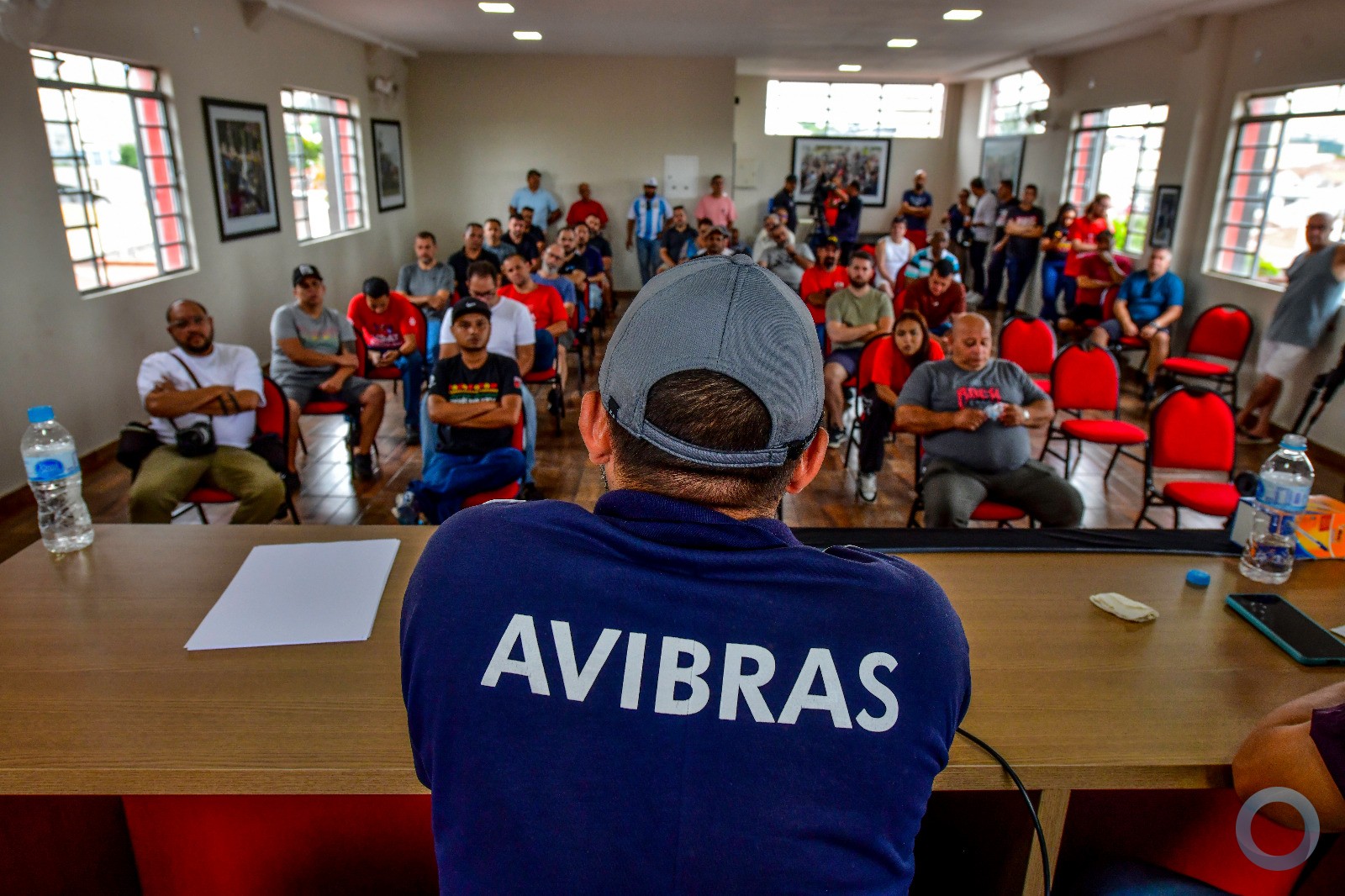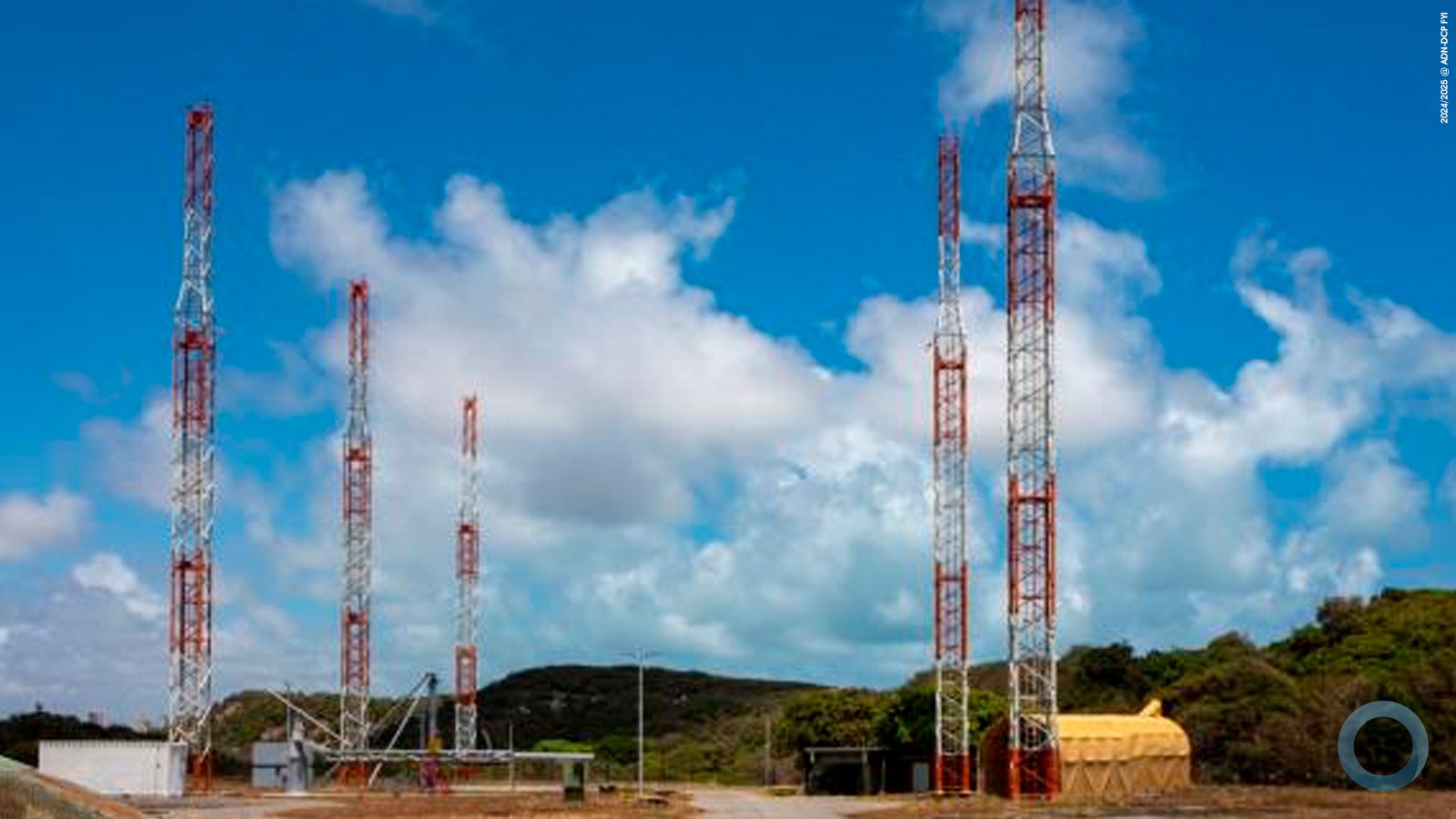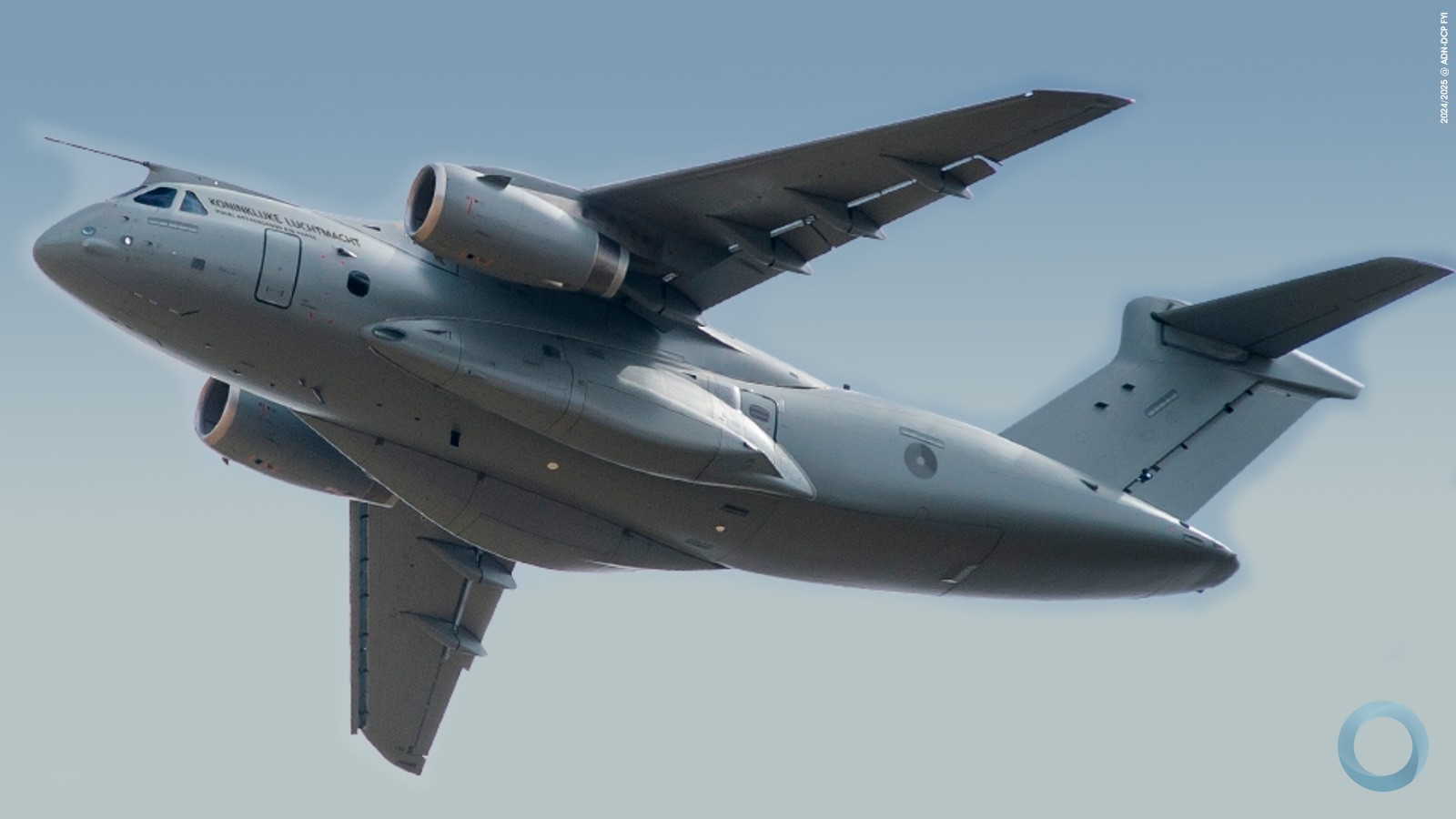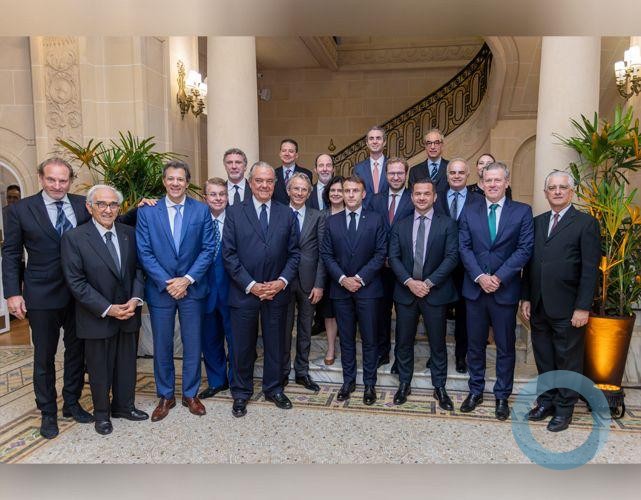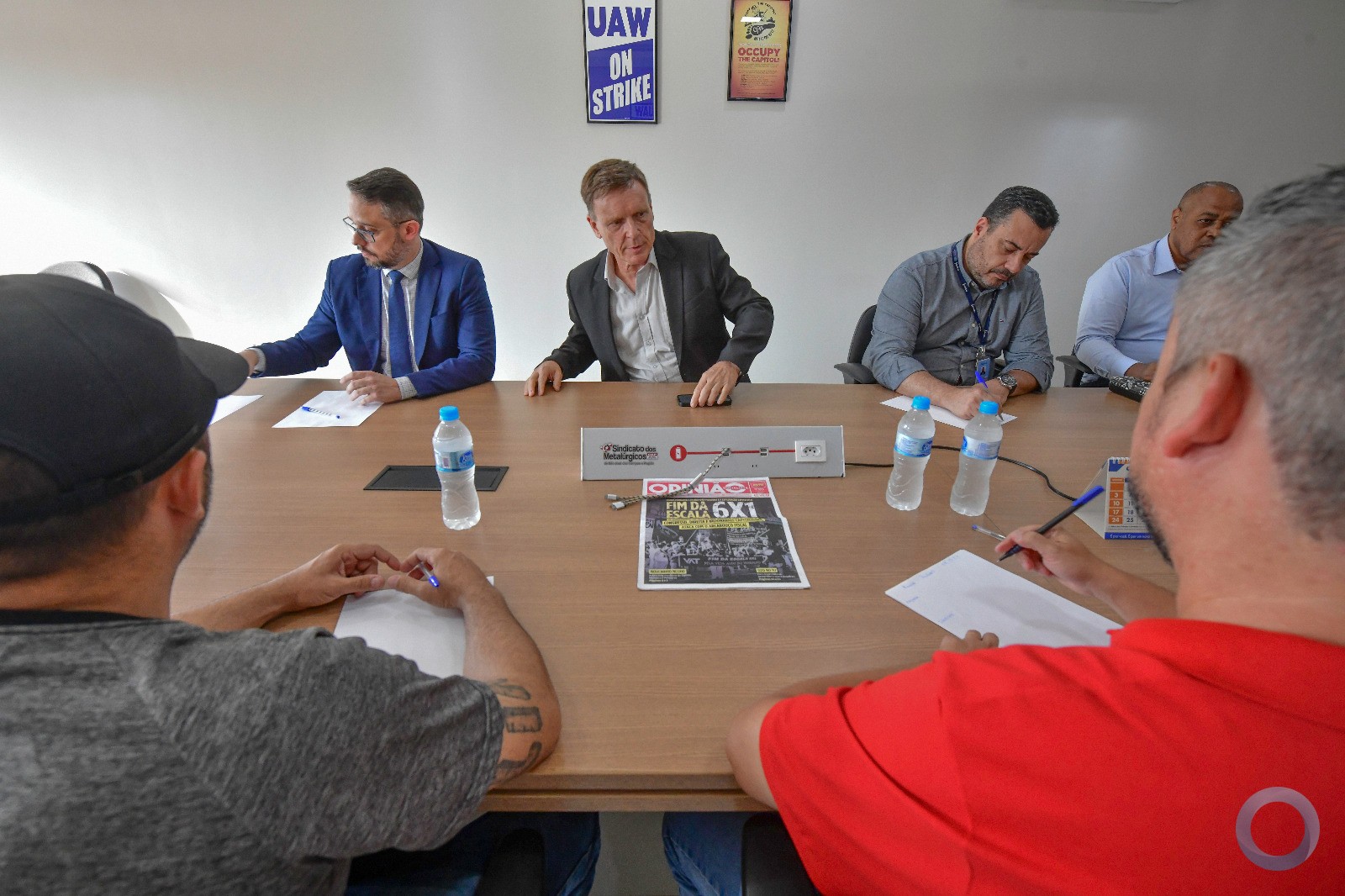Malcolm Alvarez-James
The U.S. Navy continues to augment its anti-narcotics trafficking capabilities in the Caribbean and the Eastern Pacific with the addition of its sixth Joint High Speed Vessel (JHSV), the USNS Brunswick.
Navy authorities launched the ship May 19 from the Austal USA shipyard in Mobile, Alabama; the Brunswick, named for a seaport city located on the southeast coast of Georgia, will undergo sea trials in preparation for its final delivery to the U.S. Navy’s Military Sealift Command (MSC) in the fall.
"Launch marks a major milestone for this ship as this is the first time it's entered the water, signifying its readiness to prepare for tests and trials and eventual delivery," said Capt. Henry Stevens, Strategic and Theater Sealift Program Manager. "This is a very busy time for the Navy and the shipbuilder as we continue to mark the major milestones that bring each ship closer to delivery and eventual in-service operations."
A multipurpose vehicle
The new 338-foot-long, shallow draft aluminum catamaran is a multi-mission, non-combatant transport vessel characterized by its high volume, high speed, and flexibility. It's designed to transport 600 short tons of Military cargo 1,200 nautical miles at an average speed of 35 knots; its top unloaded speed is 43 knots, or 49 mph.
Capable of operating in shallow-draft ports and waterways, the Brunswick features a flight deck for 24-hour helicopter operations and an off-load ramp that will allow vehicles to quickly drive off the ship.
JHSVs have a 20,000-square-foot “open mission” deck that can accommodate a wide variety of applications, from troop transport to cargo to medical modules that can turn the vessel into a hospital ship. They can provide airline-style seating for more than 300 embarked troops and fixed berthing for 104; typically, JHSVs have a core crew of 22 civilian mariners, with Military mission personnel embarking as necessary.
USNS Brunswick will join five other JHSVs already commissioned: the USNS Spearhead (JHSV-1), which was delivered to the Navy in 2012; the USNS Choctaw County (JHSV-2); the USNS Millinocket (JHSV-3); the USNS Fall River (JHSV-4); and the USNS Trenton (JHSV-5), which was delivered to the Navy in April. Four other JHSVs are under construction, with a cost of about $180 million each.
Supporting Operation Martillo
Originally designed for intra-theater lift and humanitarian assistance/disaster relief support, the JHSV ship class has already broadened its mission to fill in the gaps, while the Oliver Hazard Perry-class of frigates are decommissioned, in counter-narcotics and counter-trafficking efforts in the Caribbean and Eastern Pacific.
For example, in 2014 USNS Spearhead (JHSV-1) participated in Operation MARTILLO, a 14-nation effort designed to combat illicit trafficking out of the littoral regions of Central American countries. The Spearhead assisted in maritime security, counter-narcotics trafficking operations, and contingency operations; it also carried teams to Latin America and the Caribbean to conduct training exercises and community relations projects as part of operation Southern Partnership Station 2014, a U.S. Southern Command (SOUTHCOM)-directed operation planned by U.S. Naval Forces Southern Command (USNAVSO) and U.S. Fourth Fleet. Countries visited included Belize, Colombia, Guatemala, and Honduras. USNS Spearhead will also participate in Southern Partnership Station 2015, scheduled to begin in June.
The non-combatant ships are versatile
Although JHSVs can carry a host of lethal weapons, from special forces teams to tanks to helicopters, they are classified as non-combatant ships; their only permanent armaments are mounts for four .50-caliber machine guns.
However, because of the JHSV’s versatility, the Navy plans to use the JHSV Trenton (JHSV-5) as a platform for the first at-sea trials of its experimental electromagnetic railgun in 2016. Railguns are projectile weapons that do not use explosives or other propellants, but instead employ electromagnetic forces to achieve a very high kinetic energy; their projectiles can potentially exceed Mach 10, twice the speed of current weapons.
Such capacities help countries participating in Operation MARTILLO maintain technological superiority in their efforts to stop transnational criminal organizations from trafficking drugs at sea.
These vessels are "very flexible, fast boats, which are not expensive. This (maintains) technological supremacy in the waters. The benefits for Operation MARTILLO is that these high-tech boats will give greater interdiction capabilities," said Raul Benitez Manaut, president of the Collective for the Analysis of Security with Democracy (CASEDE) in Mexico. "Cooperation between the countries is further strengthened in the fight against drug trafficking and transnational organized crime organizations."
Julieta Pelcastre contributed to this article.








